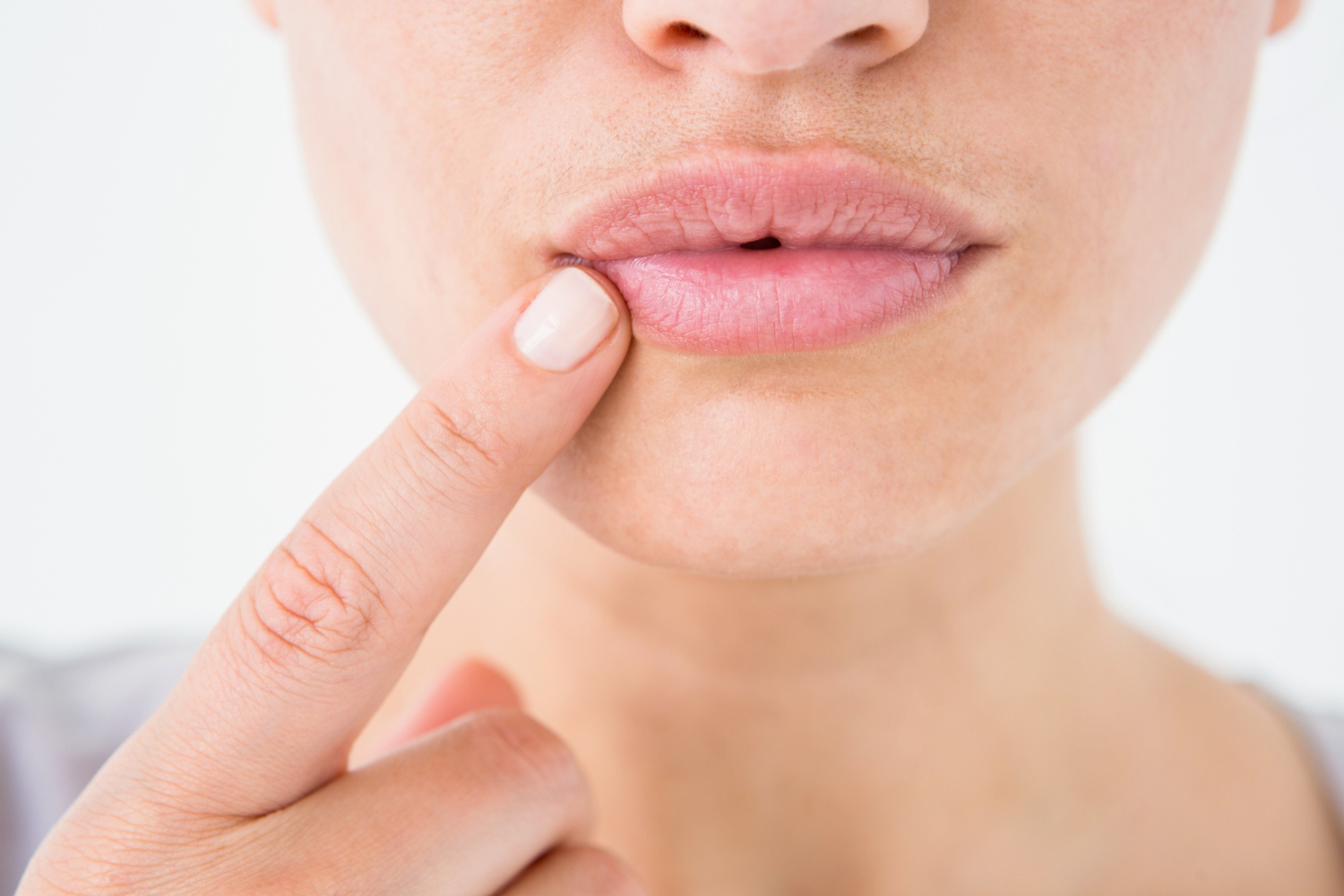The injection of hyaluronic acid fillers deep into the skin achieves intense hydration and restores lost volume in a way that no cream or other cosmetic product can. Hyaluronic acid has rightfully earned its place in the field of aesthetic medicine. The volume enhancement, hydration, and contouring it can achieve are truly impressive. However, achieving the ideal result doesn’t depend solely on the injection technique or the experience of the specialist performing the treatment — proper aftercare in the days that follow is equally crucial. Many people ask what not to do after fillers, and we’re here to clear that up. Spoiler alert: Post-treatment care is just as important as the filler itself!
What happens to the skin after hyaluronic acid fillers?
Before we get into the “don’ts,” it’s worth understanding what happens beneath the surface of the skin after the material is injected. Hyaluronic acid is a natural substance in the body, known for its ability to retain moisture and add volume. When injected as a filler, it adds volume, attracts water, and gradually integrates into the tissues.
However, immediately after the injection, the skin undergoes a mild inflammatory response after having undergone multiple “micro-traumas”. This period of the first few days after the treatment is particularly sensitive. Your actions during these days therefore decisively affect the result.
What not to do after hyaluronic acid fillers
Do not touch or massage the area
It’s tempting to touch the area, especially if there’s swelling or a feeling of unevenness. But unless you’re given specific instructions from your doctor, avoid touching, rubbing, or massaging the area.
It’s tempting to touch the area, especially if there’s swelling or a feeling of unevenness. But unless you’re given specific instructions from your doctor, avoid touching, rubbing, or massaging the area.
Avoid heat and exposure to sunlight
If you’re wondering what not to do after fillers, put sun exposure at the very top of the list. Exposure to heat immediately after the treatment is generally very harmful. This includes saunas, hot yoga, hammams, tanning beds, and prolonged sunbathing. Heat causes vasodilation, which increases swelling and the risk of bruising — and it can also accelerate the breakdown of hyaluronic acid.
UV radiation produces free radicals, which destroy hyaluronic acid and collagen. Therefore, avoid heat completely for 2-3 days and use broad-spectrum sunscreen when exposed to the sun.
Wondering what not to do after hyaluronic acid fillers? Avoid strenuous exercise for a few days
If you are a fitness enthusiast, this may seem difficult, but it is important to avoid strenuous physical activity for 24-48 hours. Exercise increases blood circulation to the treatment area and pressure, which can increase swelling and bruising.
Additionally, sweat can irritate the skin and increase the risk of infection. In fact, exercises that involve intense facial expressions (such as spinning or boxing) can disrupt the distribution of the material.
Avoid alcohol or anticoagulant medications
Alcohol acts as a vasodilator, increasing the risk of bruising. In addition, it dehydrates the body, which counteracts the moisturizing effect of hyaluronic acid. Therefore, if you are wondering what not to do after hyaluronic acid fillers, first emphasize avoiding alcohol consumption for at least 24 hours after the injection of the material.
At the same time, medications such as aspirin, ibuprofen, as well as supplements such as vitamin E, fish oil, and ginkgo biloba thin the blood and should be avoided before and after treatment.
Wondering what not to do after hyaluronic acid fillers? Avoid makeup for at least 24 hours
The skin after hyaluronic acid fillers is more susceptible to bacteria. Avoid wearing makeup for at least a day. Even if you use clean brushes, the microtrauma caused by the needles increases the risk of infection.
When it’s time to reapply makeup, do so gently, with clean tools, and avoid applying heavy pressure or covering the areas where the material has been applied.
Don’t sleep on your stomach
Sleeping position plays an important role. Avoid sleeping on your stomach or side for the first 2 days. The pressure from the pillow can displace the filler material or cause asymmetry.
Prefer to sleep on your back, with your head slightly elevated. This also reduces swelling.
Don’t panic about the initial result
A little swelling, tenderness or bruising is completely normal. Don’t panic. Also, the filler material draws water and the result may seem excessive at first. Give your body a 5-10 day window.
However, if you experience severe pain or notice signs of infection, contact your doctor immediately. When choosing to proceed with this treatment —as it is a serious medical procedure— it is important to consult with specialized doctors, such as plastic surgeons or dermatologists, who have experience and knowledge in these applications.
Don’t add extra material too early
Even if you’re tempted to go for “a little more,” don’t ask for additional filler to be injected before at least 10–14 days have passed. Fillers need time to settle and for the final result to become visible. After the second week, it’s important to schedule a follow-up appointment so the specialist who performed the treatment can evaluate the outcome — and so you can discuss any concerns you may have. Before deciding to correct a small imperfection or add more volume, wait another two weeks to allow the hyaluronic acid to fully integrate into the tissues.
Still wondering what not to do after fillers? We hope the tips above have answered your question and given you a clearer understanding. By following these guidelines, you’ll help ensure that your results are natural, balanced, and long-lasting. If you’d like to learn more about the treatment, Dr. Maria Skolarikou, a Plastic Surgeon based in Athens with a private practice in Kolonaki, is the trusted expert you can turn to!





